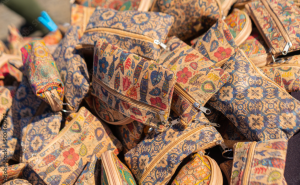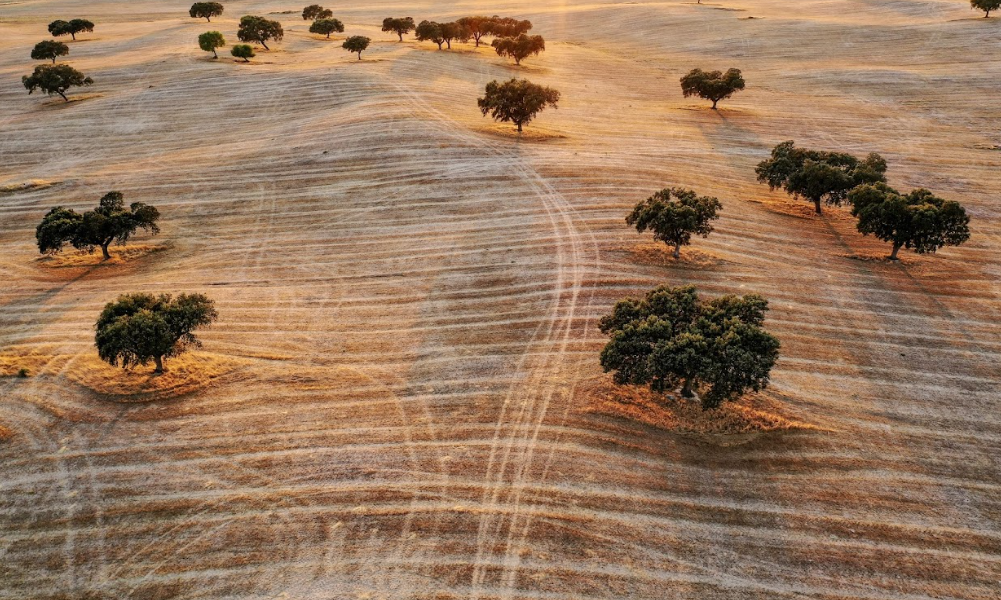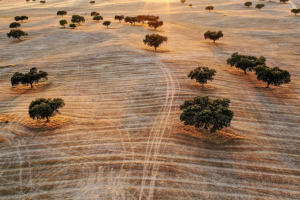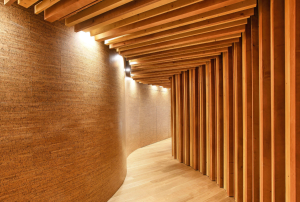The World of Portuguese Cork
From Cork Oak Groves to Stylish Goods
Portuguese cork, sourced from the resilient cork oak tree (Quercus suber), stands as a symbol of Portugal’s commitment to sustainability, craftsmanship, and innovation. In this comprehensive article, we will delve into the intricate details of cork oak groves, their geographical distribution, and the journey from harvesting to the creation of various goods, including floors, purses, shoes, and other exquisite products that serve as ideal souvenirs.
Cork Oak Tree and Geographical Distribution
The cork oak tree is primarily found in the western Mediterranean region, and Portugal is home to the largest area of cork oak forests globally. These majestic trees thrive in the country’s diverse landscapes, from the sun-drenched plains of the Alentejo region to the hilly terrain of the Algarve. The unique combination of Portugal’s climate, soil, and topography creates optimal conditions for the growth of these valuable trees.
Harvesting and Sustainability
Cork harvesting is a delicate process that plays a crucial role in the sustainability of cork oak forests. Skilled harvesters, often referred to as “saca-cortiça,” carefully strip the outer bark from the trees, a process known as “cork extraction” or “cork harvesting.” Importantly, this process is conducted once every nine years to ensure the health and longevity of the cork oak trees.
The careful removal of the bark allows the tree to regenerate, promoting biodiversity within the forest ecosystem. Sustainable cork harvesting has become a cornerstone of Portuguese forestry practices, earning the country accolades for its commitment to environmental conservation and responsible resource management.

Cork Processing
Once harvested, cork undergoes a meticulous processing journey. The raw cork is stacked and left to air-dry for several months, after which it is boiled and steamed to remove impurities. This process not only enhances the quality of the cork but also readies it for various applications.
The cork is then sorted based on its quality and thickness, determining its eventual use in flooring, fashion, or other products. Portugal combines traditional craftsmanship with cutting-edge technology to transform raw cork into a diverse range of goods that showcase the material’s versatility.
Applications of Portuguese Cork
Cork Flooring, walls, and design:
Portuguese cork flooring has become renowned for its natural insulation properties, warmth, and durability. Its sustainable nature and unique aesthetic appeal make it a preferred choice for eco-conscious consumers looking to enhance their living spaces.
Cork Purses and Accessories
The fashion industry has embraced Portuguese cork for its lightweight, stylish, and environmentally friendly qualities. Cork purses and accessories showcase the material’s natural texture, providing an eco-conscious option for fashion-forward individuals.
Other Products and Souvenirs
Beyond flooring, purses, and also shoes, Portuguese cork finds its way into an array of products and souvenirs. From hats and wallets to phone cases and coasters, these unique items reflect Portugal’s rich cultural heritage and dedication to sustainability.

Portuguese cork, sourced from the resilient cork oak trees thriving in the country’s picturesque landscapes, embodies a harmonious balance between nature and craftsmanship. By exploring the journey from cork oak groves to the creation of stylish goods, we gain a deeper appreciation for Portugal’s commitment to sustainable practices and the creation of exquisite cork-based products that captivate both locals and visitors alike.
Embrace the elegance of Portuguese cork and contribute to a more sustainable and stylish world.
Some photos in this article were collected from a Portuguese cork producer website Wicanders.

For tailor-made tours or other programs, please get in touch with us through the telephone below or by filling out the form.



